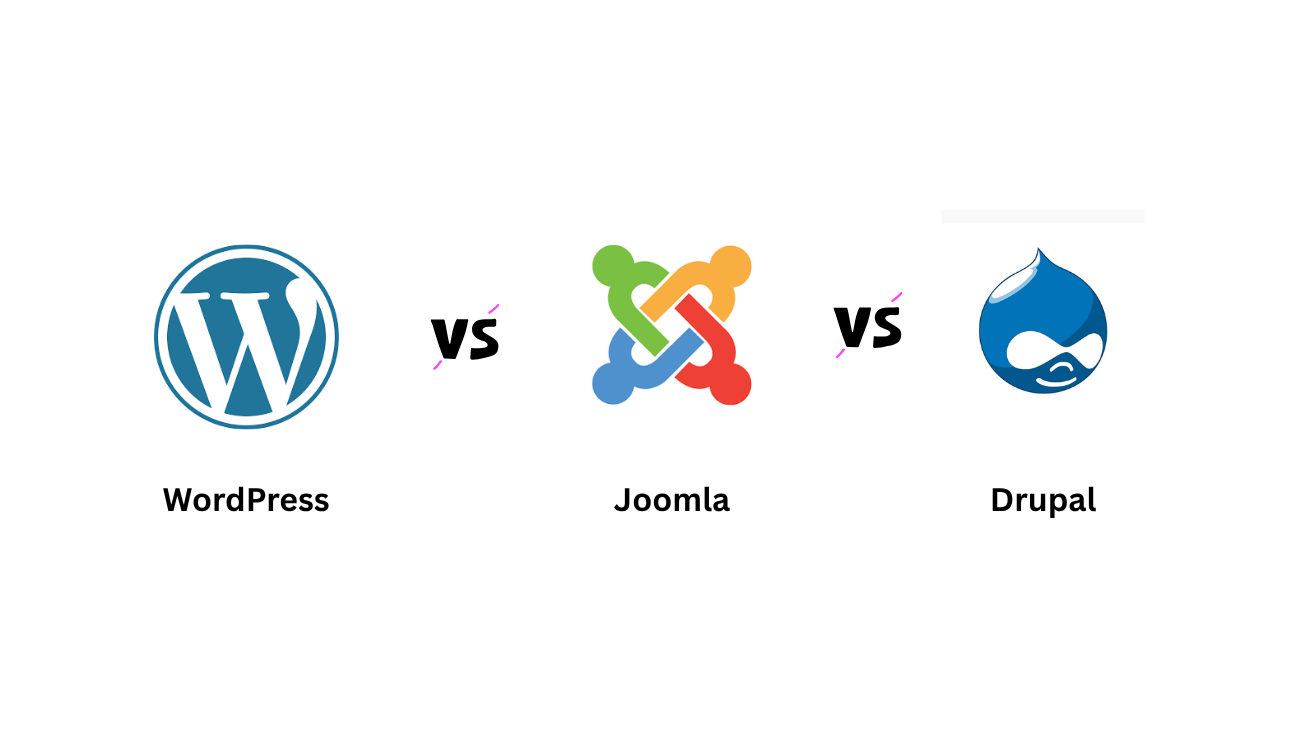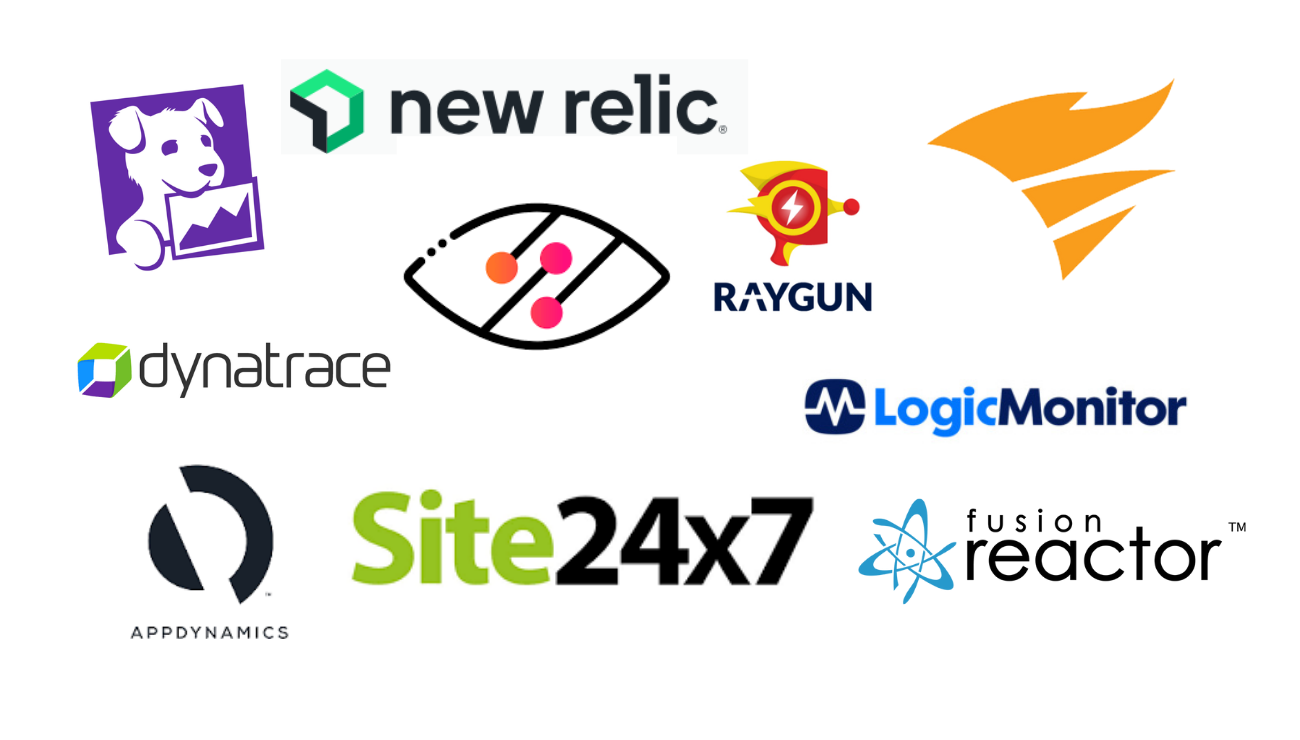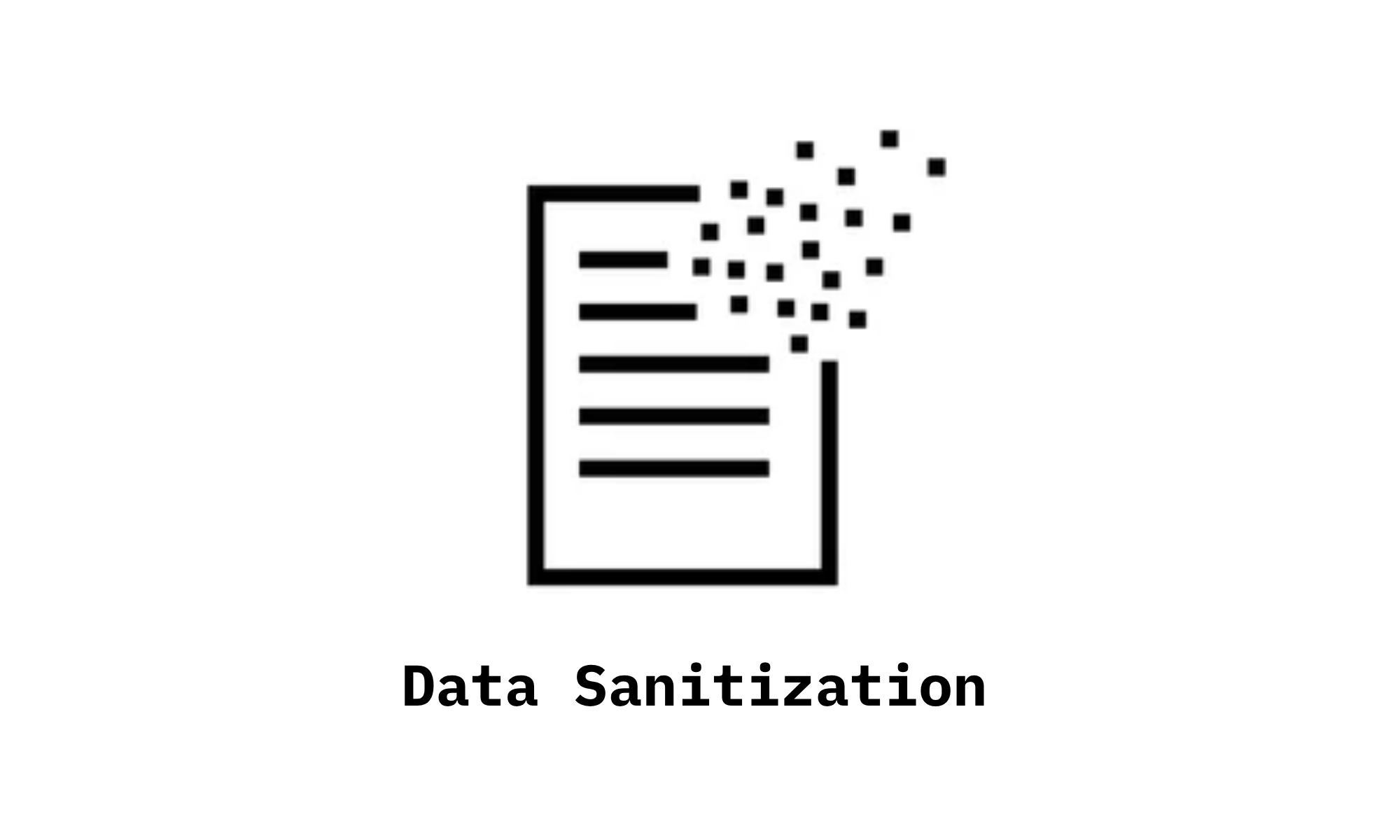
📌 Introduction
WordPress, Joomla, and Drupal are three of the most popular open-source content management systems. Although they share similar foundations (PHP, theming, extensibility), their target users, learning curve, and flexibility differ quite a lot. Understanding these differences is key to choosing the right one for your project.
🔍 Comparison Areas
Let’s compare them across several important dimensions:
| Factor | WordPress | Joomla | Drupal |
|---|---|---|---|
| Ease of Use / Learning Curve | Very beginner-friendly; intuitive dashboard; lots of themes/plugins to get started quickly. | Moderate; more built-in features than WordPress but more complexity in configuration. | Steep learning curve; suited for developers; advanced features require technical expertise. |
| Flexibility / Customization | Large ecosystem of plugins and themes; many features via plugins. | More built-in capabilities out of the box (multilingual, ACL, etc.) than WordPress; but less modular than Drupal for highly complex logic. | Highly customizable; robust module system; great for complex content types, workflows, access control. |
| Security & Maintenance | Good, especially if using trusted themes/plugins, but large number of plugins can increase risk. | Reasonable; more built-in control features help; security depends on extensions and their quality. | Excellent; strong core security model; used often for large, enterprise-grade websites with strict security needs. |
| Performance & Scalability | Handles small to medium sites well; may need caching, optimization, and good hosting for large traffic. | Better out-of-the-box performance features in some cases; decent scalability for mid-sized sites. | Designed for high scalability; better suited for large, complex, or high-traffic sites. |
| Community & Plugins/Themes Ecosystem | Largest user base; huge number of plugins & themes; lots of tutorials & hosting support. | Strong community; moderate number of extensions and templates; less variety than WordPress. | Technical/enterprise-oriented community; many modules; fewer theme options out of the box, often custom. |
| Ideal Use Cases | Blogs, simple business websites, content marketing sites, fast setups. | Websites needing more control, community websites, mid-sized businesses with moderately complex needs. | Enterprise sites, large content architecture, complex workflows, sites with strict security & scalability needs. |
✅ Pros & Cons Summary
-
WordPress
Pros: Very easy to start; many free themes/plugins; huge community; lots of hosting options.
Cons: As complexity grows, may need many plugins; risk of plugin/theme conflicts; performance tuning needed. -
Joomla
Pros: More built-in features than WordPress; better variation in control; good for sites needing multilingual, content types, ACL, etc.
Cons: Less beginner-friendly; fewer free themes/plugins than WP; can become complex when pushing advanced customizations. -
Drupal
Pros: Very powerful; excellent for complex sites; strong for security, scalability, and custom content workflows.
Cons: Higher development cost; steeper learning curve; fewer ready-made themes; more technical setup/maintenance.
🎯 How to Choose
Here are questions you should ask when deciding:
-
What is the size & complexity of your project?
-
How much customization vs how much ready-made features do you need?
-
Who will maintain the website — non-technical users or developers?
-
What are your performance / scalability needs?
-
How important is security, especially if user data / high traffic / sensitive content are involved?
-
What is your budget for development, hosting, maintenance?
🏁 Conclusion
Each platform excels in different scenarios:
-
If you need something fast, with low technical overhead, WordPress is often the safest and easiest choice.
-
If you want more built-in power than WordPress, without going fully enterprise, Joomla offers a middle path.
-
Excel with high demands? Go with Drupal — for large content structures, strict security, complex workflows.




